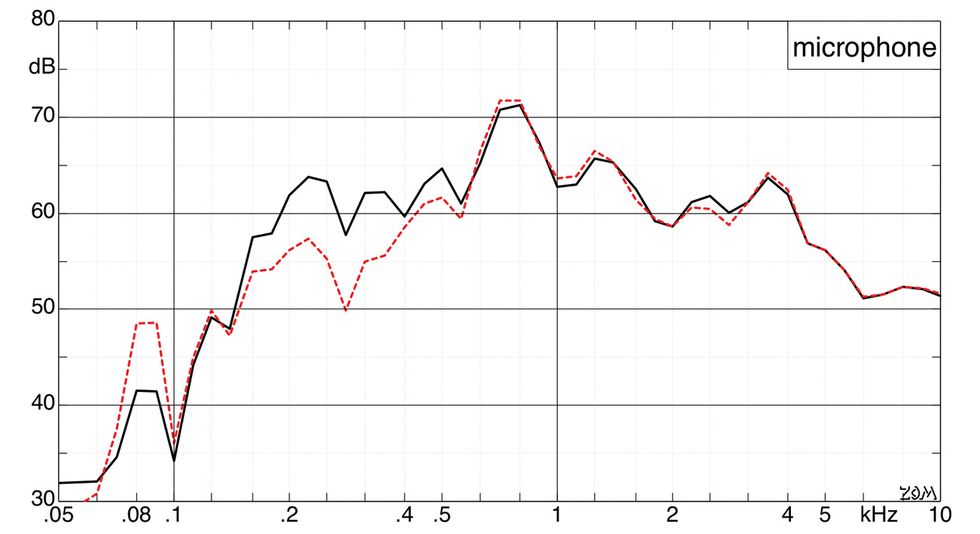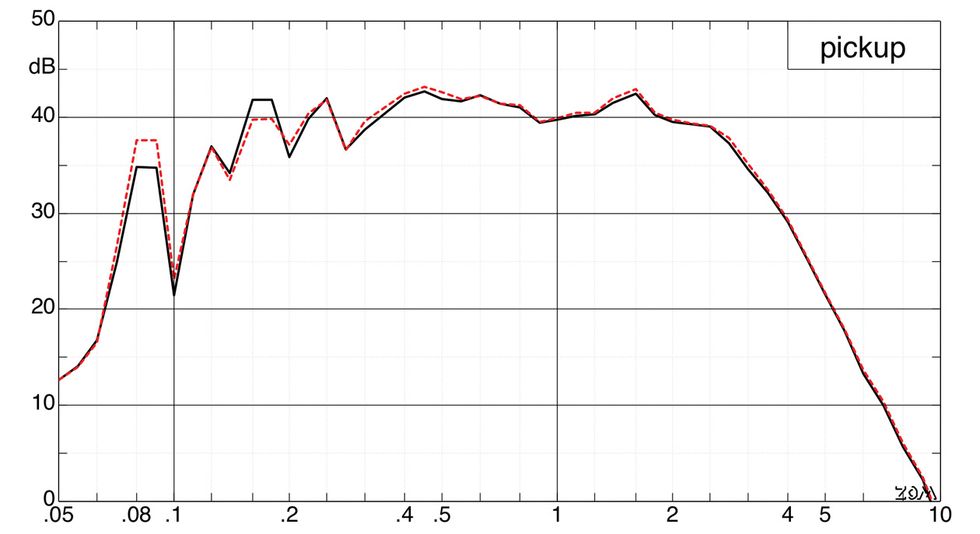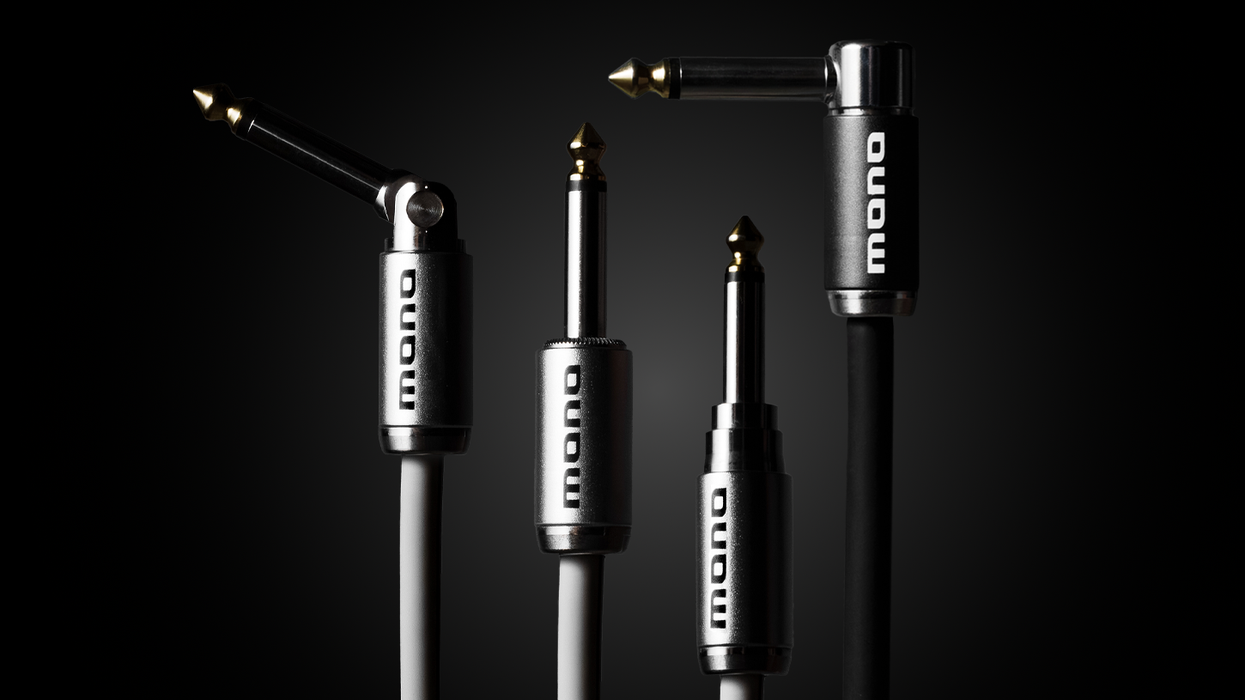In last month's column [“Does a Solidbody's Unplugged Tone Matter?" December 2020], we looked at an experiment that was performed to compare the airborne- and electric-signal tone of a solidbody bass, with and without its body in contact with a box, aka a resonator.
In short, the outcome was that the body/resonator contact had a clearly noticeable influence on the acoustic tone, but close to none for the electric output. Another variation on this experiment is to put the headstock—rather than the body—in touch with the box. Can we expect the same outcome as before?
One obviously huge difference between the body and neck is their cross sections, influencing stiffness and mass, and therefore providing susceptibility for dampening, resonances, and eigenmodes stimulated by the vibrating string. (For more on how eigenmodes work, see “Killing the Bass, Part 1," from the August 2020 issue.) The main parameters influencing a neck's vibrational behavior are—of course—material, shape, and design of the truss rod, or truss rods. (Yes, dear guitarists, there are basses with more than one truss rod.) There is also the act of our hand grabbing the neck, which will both dampen and stiffen the neck.
An old trick to move dead spots up or down in frequency is to add or remove mass at the headstock—the end of its “lever arm." This is known to work on guitars most of the time, but not so well on basses. This is unscientifically spoken and without further proof, but to significantly influence low bass notes requires bigger changes in mass than most would accept as realistic. There is a bit more about this subject in my column “Bass Necks: Adjustability and Resonance," from November 2012.
Fig. 2 — Here's the spectrum of an E chord on an electric guitar recorded via microphone, with black indicating contact with a box and red without. Graphic courtesy of “Physics of the Electric Guitar" by Dr. Manfred Zollner
Back to the experiment: So, if varying the mass at the headstock can shift these resonances, so should its fixation to the box, right?
Fig. 1 shows our experimental setup. Fig. 2 represents the measured signal of a microphone, while Fig. 3 does the same for the measured signal of a pickup. Both diagrams compare neck contact with the box, and without. It's worth noting that the basic signal for the measurements was an E chord played roughly 50 times by an experienced player.
Opposed to last month's experiment with the body contacting the box—where it was hard to even distinguish the curves in the plot of the electric signal—we can now see at least a few differences in two frequency ranges. Although visually noticeable, however, it was reported that even experienced listeners weren't able to say which is which.
Fig. 3 — Here's the spectrum of that E chord recorded with a guitar's pickup, with (black) and without (red) contact to the box. Graphic courtesy of “Physics of the Electric Guitar" by Dr. Manfred Zollner
An explanation for the results of the first experiment with the body/box contact is that there is a flow of vibrations into the body. Otherwise, we wouldn't hear any acoustic difference when contacting the box. But the reflow from the body back into the strings is zero, at least practically, as we can't measure or hear any differences. On the other hand, the softer neck and its vulnerability for resonances and eigenmodes is able to make a small difference due to the added stiffness and coupling when contacting the box.
All these measurements were done with a guitar, so it would be interesting to see whether there would be bigger differences in the electric signal for a bass. Why? Because we have a higher string mass and overall vibrational energy, and a longer scale length.
There are certainly quite a few more constructional details on our instruments that will alter acoustic or primary tone, but with even less likelihood to make it into the electric signal. So, bottom line: Don't rely too much on acoustic tone when you're evaluating an instrument!








![Rig Rundown: AFI [2025]](https://www.premierguitar.com/media-library/youtube.jpg?id=62064741&width=1245&height=700&quality=70&coordinates=0%2C0%2C0%2C0)












 Shop Scott's Rig
Shop Scott's Rig















































